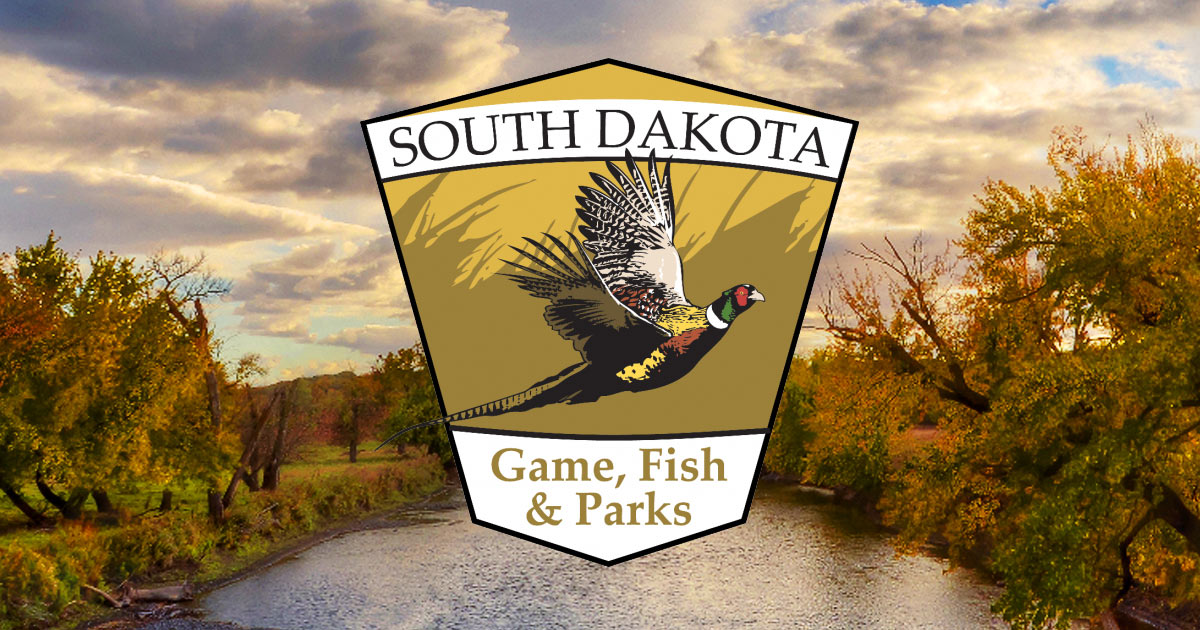GetTothePoint
Well-known member
I don't know if I had heard it, thought I read it somewhere, or what but I was under the impression the state was supplementing birds on public grounds, especially state grounds and PATHs. I feel like I've seen UTV/truck tracks around some of those pieces that don't appear to be farm vehicles. My assumption was random/not so random spots were chosen where birds were dumped periodically. Not doubting A5 and not sure where I had gotten my info but that was my assumption. I figured the ranches were reporting what they were turning out for hunts then those numbers determined what the state was going to turn out on the public behalf.The State of SD releases zero pheasants. Licensed shooting preserves are required by law to release mature roosters. That data is published annually by the Dept of Game Fish & Parks. Last year 235 licensed preserves released 632k roosters and harvested 357k of them, along with 23k wild birds. I assume the vast majority of the remaining released birds became fox food. Those preserve numbers are NOT included in the GF&P's annual harvest estimate, which was 1,311k last year.
What is unknown is the number released by other non-preserve operations, as they're obviously allowed to, but not required to report to the GF&P. That number could be included in the GF&P's harvest estimate. I strongly suspect that number is less than 100k. But say it was 3x that....300k & the harvest rate was similar to preserves, so about 170k. That's still only 13% of 1,311k, & the wild harvest would've been 1,141. I firmly believe that so far, released birds have very little impact on our wild population, which I think recently has varied between 6M & 9M pheasants. Right now I think we're toward the high side of that range.
Last edited:

